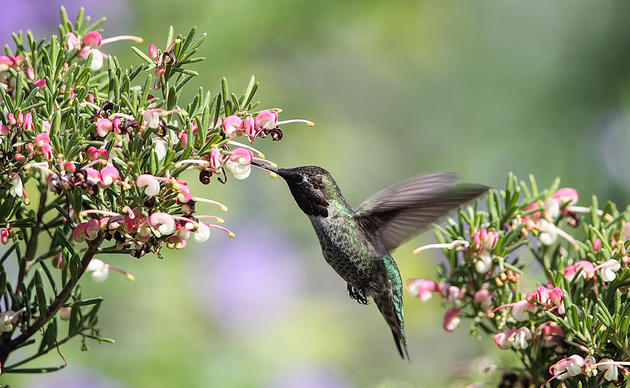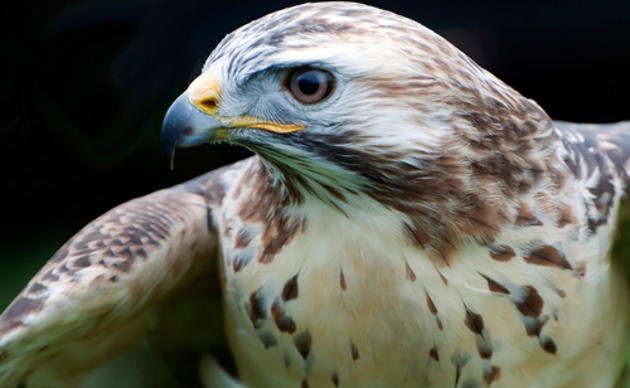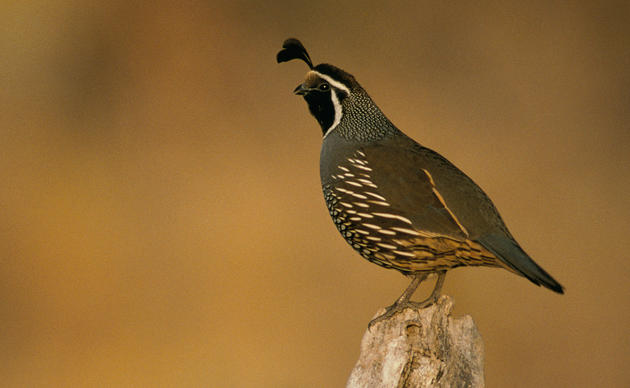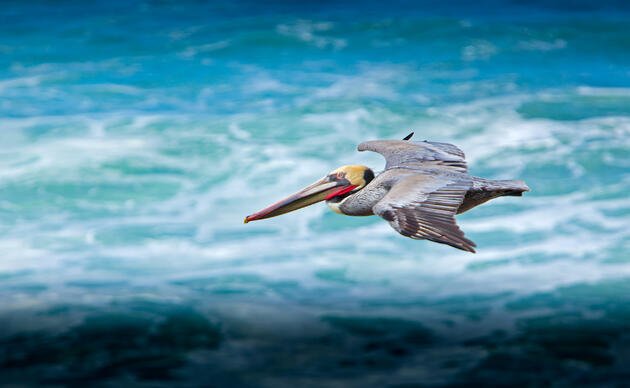New protected areas for marine birds and other wildlife along the southern California coast seem to be a success, according to Anna Weinstein, Audubon California’s seabird conservation coordinator. “From all reports, things are going as well as can be expected. We’re seeing widespread observance of the protected areas.” Weinstein attributes the early success of the protected areas to an organized network of nonprofit organizations that are patrolling the area, and to the State Department of Fish and Game, which has responded well to reported violations. (photo by Glen Tepke)
The new reserves were established under the 1999 California Marine Life Protection Act, which directs the state to establish a network of marine protected areas in our coastal zone. The southern California network is the result of dozens of public meetings and thousands of comments, plus some heated negotiations.
It’s a good thing for birds that San Fernando Valley Audubon president Dave Weeshoff was a member of the group of 50 publicly-nominated, state-appointed “stakeholders” designing the network. Weeshoff ensured that the needs of marine birds were not forgotten in the midst of heavy attention on fish and harvestable invertebrates. Audubon California staff worked with him to push for the inclusion of key foraging and estuarine areas for birds, and our collective efforts paid off.
The common denominators of the dozens of breeding and visiting southern California marine bird species are access to food and places to stage and rest. The new southernCalifornianetwork of marine and estuarine reserves help provide exactly that. Reserves at Pt. Conception, Campus Point, Point Dume, and La Jollawill help replenish fish stocks that support pelagic foraging species from all over the Pacific. Meanwhile, new protections at Bolsa Chica,UpperNewportBay, Batiquitos Lagoon, and Goleta Slough will bolster Least Tern, other shorebirds and waterfowl by limiting disturbance and protecting the forage base of small fishes, invertebrates and seagrasses.
Weeshoff and the other Stakeholders spent well over 100 hours in work sessions and meetings, all open to the public. Los Angeles Audubon and San Diego Audubon worked with Audubon California to develop a campaign to support the network when it was vulnerable to further weakening as it moved through the adoption process.
By Garrison Frost
Monthly Giving
Our monthly giving program offers the peace of mind that you’re doing your part every day.




